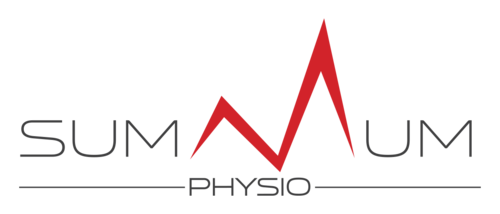Should you stretch?
Why should we stretch or why shouldn’t we?
Stretching has become one of the most popular trends as of late after the vegan movement. Yoga 🧘♂️ has never been so popular. Stretching for the sole purpose of having fun or to improve ROM for a particular sport is absolutely fine. But is stretching therapeutic?
Here are popular stretching MYTHS:
Stretching increases muscle length. NO. This is not possible or very unlikely. Stretching rarely adds sarcomeres. This never made sense to me. ECCENTRIC exercises add sarcomeres:) * Stretching may cause hypertrophy in only very very untrained individuals. It won’t work on trained individuals for hypertrophy.
Stretching prevents injuries. OLD myth debunked too many times over the past decade already. It doesn’t. Pre-Training helps with injurie prevention .
PNF is better than static. Nope. Based on a recent study comparing all 3 forms of stretching( ballistic, PNF, static). All 3 yielded the same ROM gains without causing changes in structure in the tendon (MTU) or muscles. However, they DID decrease muscle stiffness.
There are muscles that you just cannot stretch. For example, You CANNOT stretch the ITBand. It is stuck to the femur. It is therefore anatomically impossible to stretch it. This challenges popular ITB stretches for the treatment of ITB Syndrome. Another popular stretch, the quadriceps. You CANNOT stretch all 4 quadriceps muscles effectively. 3/4 of the quads don’t attach to the hip so by stretching the knee, you are actually just stretching the Rectus Femoris :(
You cannot stretch the shoulder capsules, they are mainly connective tissues that are NON-contractile. Stretching affects contractile structures ( muscles, tendons). You might get a minor Supraspinatus stretch.
Yoga
How stretching works:
Neural adaptations. In one study done by Moltubakk, they stretched unilaterally gymnasts/elite dances for 24 weeks and found BILATERAL changes in ROM and lower EMG readings at standardized joint angle! No morphological changes in tendons were mentioned. It therefore did not provide evidence of shape adaptations. But tendon elongation did occur ... bilaterally…AFTER 24 weeks. This part could mean something other than just neural activation.
Duration.
-Another study confirmed changes in tendon stiffness after 10 mins of static stretch. Duration of stretching may play a key role in tendon rehab. Maybe...
Muscles versus Tendons (time factor): We observed that muscles respond and adapt faster to stretching than tendons. (blazevich 2009)
Duration of stretching therefore should be considered. Tendons probably lag behind muscles during stretching.
Also, The effect of stretching on maximal voluntary contraction (MVC) is yet to be determined. Many studies have shown NO detrimental effects of stretching exercises. However some studies have shown increased risk of injuries post stretching and others have indicated a significant decrease in strength.
In conclusion: Stretching does seem to target tendons structure in certain situation, but only after 6 months of stretching. It obviously does improve ROM through neural inhibition. Perhaps stretching has a different effect on tendons depending on which muscle groups are being stretched. In addition, stretching volume seems to target muscles AND tendons and it seems to re-align fibers, but not ligaments or any other non-contractile structures. Finally, stretching is time dependant. You need to stretch a muscle (for over 5-10 mins) for months before seing any significant statistical benefits…
However, stretching may increase risk of injuries and may weaken you. A training program should definitely focus more on strengthening than stretching.
We would not stretch unless you want the extra ROM for a particular sport or function. But Strength training increases ROM regardless. Shoot two birds with one stone, tada!
The verdict:
Stretching for fun is ok, but it doesn’t provide much therapeutic benefits. We would not recommend spending too much time on stretching. Strengthening will give you range and strength.
Physio Summum Brossard
Yoga
Reference:
Falvey EC, Clark RA, Franklyn-Miller A, Bryant AL, Briggs C, McCrory PR. Iliotibial band syndrome: an examination of the evidence behind a number of treatment options.
Moltubakk, M. M., Eriksrud, O., Paulsen, G., Seynnes, O. R., & Bojsen-Moller, J. (2016). Hamstrings functional properties in athletes with high musculo-skeletal flexibility. Scandinavian Journal of Medicine and Science in Sports, 26, 659-665
The direction of stretch-induced cell and stress fiber orientation depends on collagen matrix stress.
Tondon A, et al. PLoS One. 2014.
Website:
https://onlinelibrary.wiley.com/doi/full/10.1111/sms.12725
Role of muscle fiber hypertrophy and hyperplasia in intermittently stretched avian muscle.


